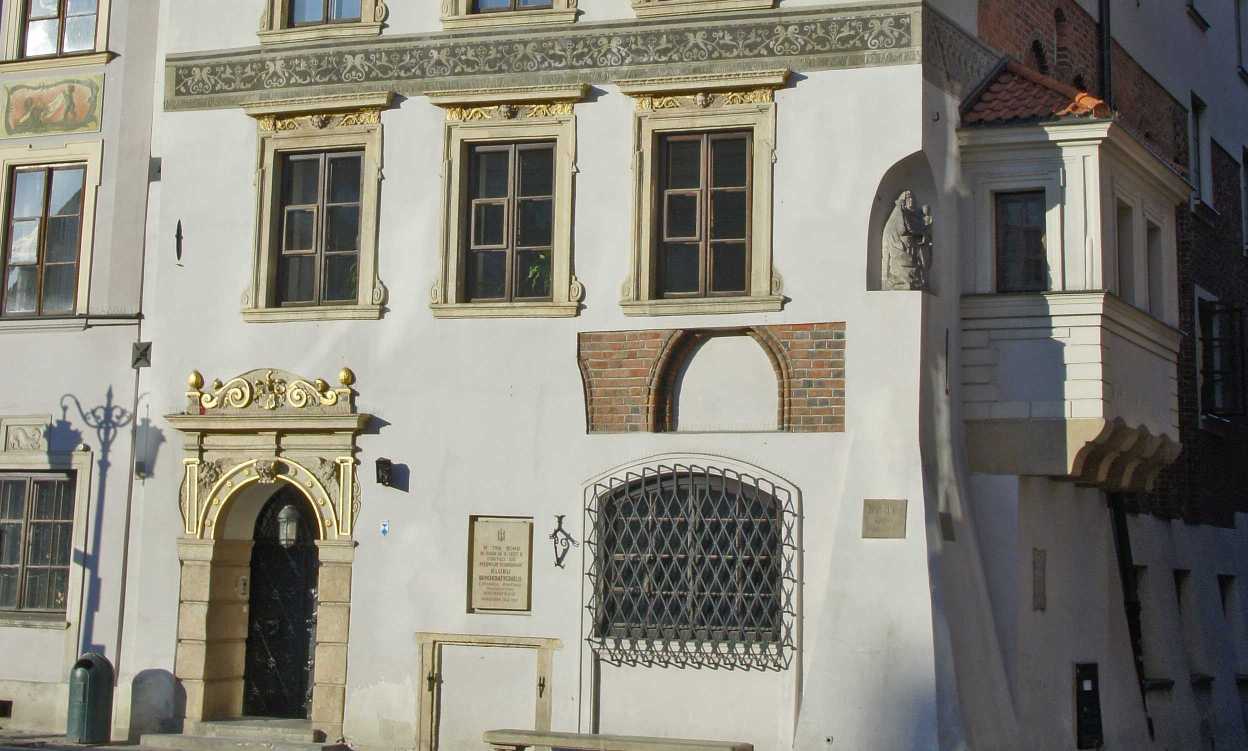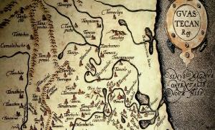Event
Canonical URL http://www.cidoc-crm.org/cidoc-crm/E5_Event
Ereignis
Event
Evento
Zdarzenie
Événement
Συμβάν
Событие
事件
This class comprises changes of states in cultural, social or physical systems, regardless of scale, brought about by a series or group of coherent physical, cultural, technological or legal phenomena. Such changes of state will affect instances of E77 Persistent Item or its subclasses. The distinction between an E5 Event and an E4 Period is partly a question of the scale of observation. Viewed at a coarse level of detail, an E5 Event is an ‘instantaneous’ change of state. At a fine level, the E5 Event can be analysed into its component phenomena within a space and time frame, and as such can be seen as an E4 Period. The reverse is not necessarily the case: not all instances of E4 Period give rise to a noteworthy change of state.
| Property | Expected type | Definition |
|---|---|---|
| P11_had_participant |
E39_Actor
|
This property describes the active or passive participation of instances of E39 Actors in an E5 Event. It connects the life-line of the related E39 Actor with the E53 Place and E50 Date of the event. The property implies that the Actor was involved in the event but does not imply any causal relationship. The subject of a portrait can be said to have participated in the creation of the portrait. |
| P12_occurred_in_the_presence_of |
E77_Persistent_Item
|
This property describes the active or passive presence of an E77 Persistent Item in an E5 Event without implying any specific role. It connects the history of a thing with the E53 Place and E50 Date of an event. For example, an object may be the desk, now in a museum on which a treaty was signed. The presence of an immaterial thing implies the presence of at least one of its carriers. |
| P20i_was_purpose_of |
E7_Activity
|
|
| Property | On types | Definition |
| P11i_participated_in |
E39_Actor
|
|
| P12i_was_present_at |
E77_Persistent_Item
|
|
| P20_had_specific_purpose |
E7_Activity
|
This property identifies the relationship between a preparatory activity and the event it is intended to be preparation for.
This includes activities, orders and other organisational actions, taken in preparation for other activities or events.
P20 had specific purpose (was purpose of) implies that an activity succeeded in achieving its aim. If it does not succeed, such as the setting of a trap that did not catch anything, one may document the unrealized intention using P21 had general purpose (was purpose of):E55 Type and/or P33 used specific technique (was used by): E29 Design or Procedure.
|
| predicate | object |
|---|---|
| comment |
"This class comprises changes of states in cultural, social or physical systems, regardless of scale, brought about by a series or group of coherent physical, cultural, technological or legal phenomena. Such changes of state will affect instances of E77 Persistent Item or its subclasses.
The distinction between an E5 Event and an E4 Period is partly a question of the scale of observation. Viewed at a coarse level of detail, an E5 Event is an ‘instantaneous’ change of state. At a fine level, the E5 Event can be analysed into its component phenomena within a space and time frame, and as such can be seen as an E4 Period. The reverse is not necessarily the case: not all instances of E4 Period give rise to a noteworthy change of state.
"@en
|
| label |
"Ereignis"@de
"Event"@en "Evento"@pt "Zdarzenie"@pl "Événement"@fr "Συμβάν"@el "Событие"@ru "事件"@zh |
| type |
owl:Class
|
| subClassOf |
E4_Period
|

